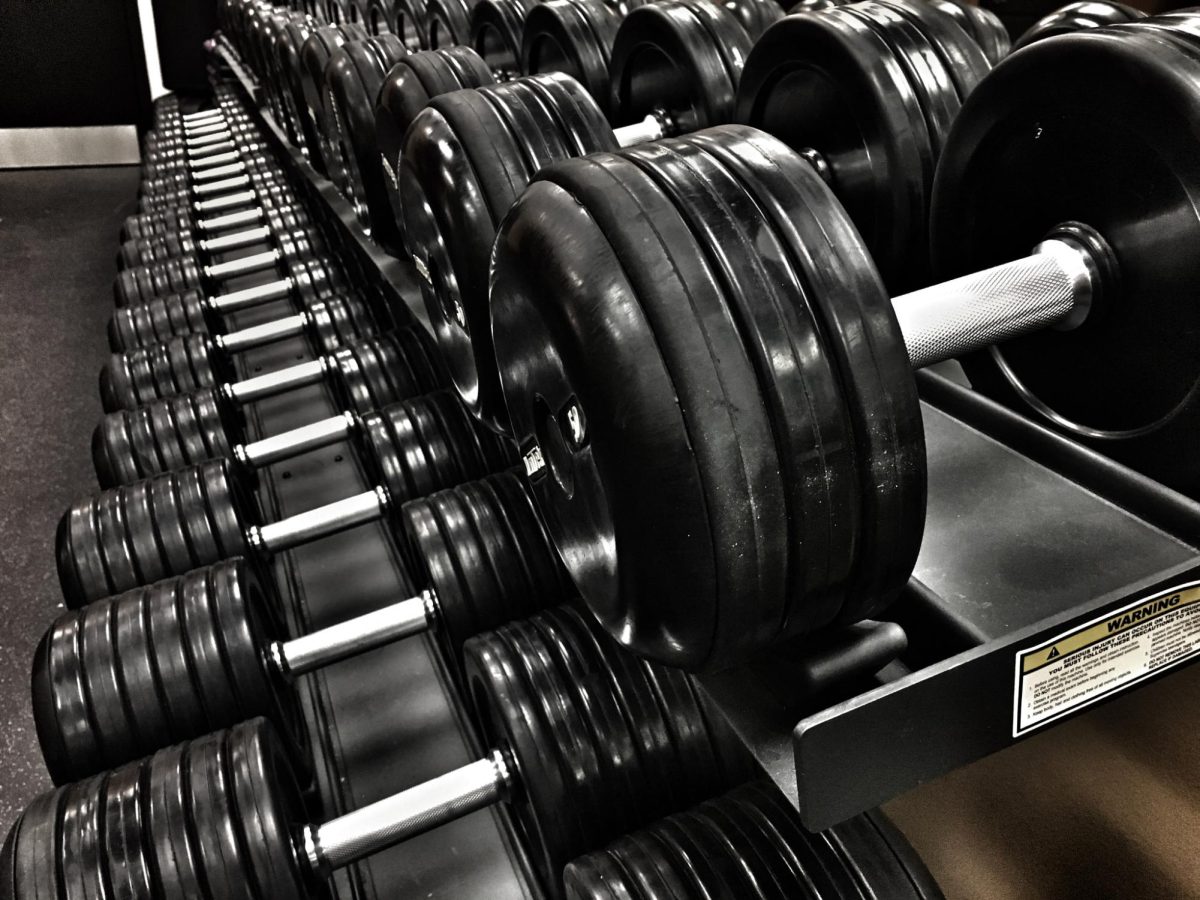 When you watch your favorite sports team, the Athletic Trainer is the person who rushes out on the field in case of an injury. Athletic trainers hold much value but only sometimes get the representation they deserve. Why is that?
When you watch your favorite sports team, the Athletic Trainer is the person who rushes out on the field in case of an injury. Athletic trainers hold much value but only sometimes get the representation they deserve. Why is that?
Athletic trainers have been crucial to sports and athletes’ lives. Without these trainers, athletes’ injuries would go unnoticed and unsupported. The role of an Athletic trainer is to help athletes in their rehabilitation through the domains of athletic training. The NATA states the domains are prevention, diagnosis, treatment, and rehabilitation of injuries and sport-related illnesses.
According to the Mayo Clinic College of Medicine & Science, athletic trainers are not only responsible for helping athletes through their rehabilitation. They also have to do different types of paperwork, such as Emergency Action Plans, where they create a plan of action for any injury at any school in the district, which takes time and effort to ensure the safety of students. ATs also have to be mindful of the mental health of students because an athlete’s recovery can be a challenging time. Without the proper support, recovery time can increase due to stress and lack of motivation or confidence.
Woodhaven High School’s current athletic trainer is Brittany Tyler, who has been in the athletic department for five years.
The high school’s athletic programs would be run entirely differently without her. Tyler not only helps the students with rehabilitation but, just as other athletic trainers do, is there at every sporting event held at Woodhaven facilities. She starts her days early and ends them late. She fills the waters for games, packs halftime snacks, supports athletes emotionally through recovery, advocates for students, and provides first aid for every athlete competing at the event.
“Without having Brittany present, I would not have been able to move how I do now. When I broke my wrist, she came to help me calmly and followed up with me through my recovery process. This showed me how much she really cared, and without her, I would not have had a fast recovery time,” said senior Gary Pilgrim.
Athletic trainers spend 4-5 years in school to receive their degree. After all the time they put into becoming athletic trainers, a little less than half of them get overlooked. Throughout history, 47.6% of athletic trainers in Michigan have been underappreciated, or 17% of athletic trainers have experienced burnout because of the amount of work they do.
Tyler has been faithful and committed to her job as an athletic trainer and teacher for the Woodhaven-Brownstown school district while being a mother of two young children. The time and effort that goes into her job and parenting can be hard on one’s mental health, which has led other athletic trainers to burn out in the early years of their careers, but not Tyler.
“ Athletic trainers are inaccurately represented because people overlook the mental aspect of athletic training. Not only does Tyler support students physically, but she is also there for every single one of her athletes and students as an outlet.” says senior athlete Klaire Wilson.
Athletic trainers are crucial to athletics on many different levels. Without these trainers, many places would not have injury prevention protocols, and athletes would have to process getting back into their activities independently, which could lead to the decaying of mental and physical health.




